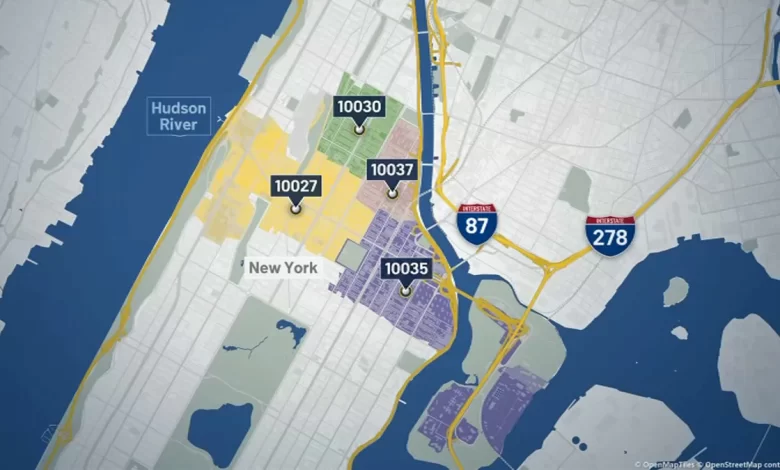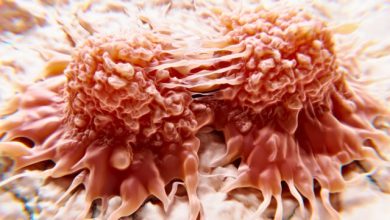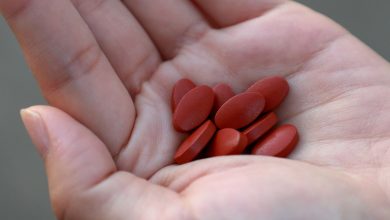Legionnaires’ Disease NYC: 7 Startling Facts Every Resident Must Know

Legionnaires’ disease—a term that may sound like something out of a history book—is a very real, present-day health threat in major cities like New York City. Despite the marvels of modern plumbing and healthcare, outbreaks of this potentially deadly disease continue to surprise residents and health officials alike.
As of recent years, NYC has experienced multiple outbreaks, triggering urgent investigations and public health warnings. But how much do New Yorkers really know about this disease? The truth is, the more you understand about it, the better prepared you are to protect yourself and your loved ones.
7 startling facts about Legionnaires’ disease in NYC
1. Legionnaires’ Disease Is a Severe Form of Pneumonia—Not Just a “Water Illness”
Legionnaires’ disease is a serious lung infection caused by the Legionella bacteria. While it is commonly linked to contaminated water sources, the disease itself is not waterborne in the traditional sense—you can’t get it by drinking water.
Related Article: Legionnaires’ Disease Symptoms, Causes, Diagnosis and Treatment
Instead, the infection occurs when tiny droplets of water (aerosolized mist) containing the Legionella bacteria are inhaled into the lungs. Once inside, the bacteria cause inflammation and pneumonia-like symptoms such as:
- High fever
- Chills
- Cough
- Muscle aches
- Shortness of breath
- Chest pain
In more severe cases, it can lead to respiratory failure, sepsis, or even death.
The disease is often mistaken for the flu or other respiratory infections, especially in early stages, which can delay treatment and increase risk.
2. NYC Is a Hotspot—And It’s Getting Worse
New York City is one of the leading hotspots for Legionnaires’ disease in the United States. Outbreaks have occurred repeatedly in areas like the Bronx, Harlem, and Queens. According to the NYC Department of Health, there are hundreds of cases reported annually, and the trend is rising.
Why NYC?
Several factors contribute to this:
- Aging infrastructure: Many of NYC’s buildings are decades (even centuries) old, with outdated plumbing systems.
- Crowded buildings: High-density housing means more water systems, more cooling towers, and more people exposed.
- High-rise buildings: Tall structures rely heavily on HVAC systems, where Legionella bacteria can thrive.
- Increased testing and awareness: Health authorities have stepped up surveillance, leading to more reported cases.
In some years, NYC has accounted for more than 10% of all U.S. Legionnaires’ cases, which is disproportionately high compared to its population.
3. Cooling Towers Are the #1 Culprit
One of the most startling and overlooked facts is how cooling towers—common in NYC skyscrapers—play a central role in Legionnaires’ outbreaks.
What are cooling towers?
These are structures used in air-conditioning, refrigeration, and power plants to remove heat from buildings by using water. Unfortunately, if not properly maintained, cooling towers can become breeding grounds for Legionella bacteria.
When contaminated water is dispersed into the air as fine mist, people walking nearby or even inside the building may inhale it unknowingly.
In NYC, there have been high-profile outbreaks linked directly to these towers, leading to city-mandated regulations requiring routine testing and cleaning. But lapses still happen.
In 2015, a Bronx outbreak caused 12 deaths and over 120 infections, all traced back to a cluster of contaminated cooling towers.
4. Most Infected People Don’t Realize They Were Exposed
Perhaps the most unnerving fact is that most people who get infected never realize how or when they were exposed.
Unlike food poisoning, where you might recall eating something suspicious, Legionnaires’ exposure is often silent and invisible. You might be:
- Walking past a hotel with a leaking HVAC system
- Sitting in a hospital waiting room
- Living in an apartment with an aging water system
- Showering in a contaminated bathroom
The incubation period is 2 to 10 days, meaning symptoms may appear long after exposure, further clouding the source. This makes contact tracing difficult, and in many cases, no exact source is found.
5. The Elderly, Smokers, and Immunocompromised Are Most at Risk
While healthy individuals can get Legionnaires’ disease, certain groups are at significantly higher risk:
- People over age 50
- Smokers and former smokers
- Individuals with chronic lung diseases (e.g., COPD)
- Those with weakened immune systems (due to cancer, diabetes, or medications)
- Organ transplant recipients
In these populations, the mortality rate can reach up to 30%, especially if treatment is delayed.
New York’s aging population and high rates of chronic disease among lower-income groups make the city particularly vulnerable.
In fact, public housing developments—where routine maintenance may be lacking—have seen repeated outbreaks affecting elderly and disabled residents.
6. NYC Has Some of the Toughest Legionella Laws—But Enforcement Is Still a Challenge
Following several deadly outbreaks, NYC implemented stringent regulations to monitor and control Legionella bacteria:
- All cooling towers must be registered with the city.
- Regular inspection, cleaning, and disinfection are required (usually every 90 days).
- Lab testing for Legionella presence is mandatory.
- Property owners must submit certification reports.
The NYC Health Department also performs spot inspections and issues violations or fines for non-compliance.
However, enforcement remains challenging. Thousands of towers across the five boroughs need to be inspected, and understaffed agencies can’t monitor them all efficiently.
In recent audits, many buildings were found in violation of the city’s cooling tower laws, including schools and hospitals. Some owners skip tests due to cost or negligence—putting residents at risk.
7. It’s Preventable—but Only with Vigilance
The good news? Legionnaires’ disease is highly preventable—if people take the right precautions.
For Building Owners:
- Follow NYC’s cooling tower regulations strictly.
- Flush and disinfect water systems regularly.
- Use water treatment systems in large plumbing networks.
- Educate maintenance staff about Legionella risk.
For Residents:
- Ask landlords or building managers if they comply with Legionella prevention laws.
- Run your tap/shower for a few minutes if it hasn’t been used in a while (to flush out stagnant water).
- Use point-of-use filters in high-risk environments (especially hospitals).
- Be alert to symptoms—particularly after recent renovations or hot weather.
- Avoid high-risk public spas or poorly maintained pools.
Early diagnosis and treatment are essential. If you develop pneumonia-like symptoms and suspect exposure, seek medical attention immediately and mention possible Legionnaires’ exposure to your doctor.
Conclusion: Awareness Could Save Lives
Legionnaires’ disease is more than just a technical or industrial concern—it’s a public health issue that affects ordinary New Yorkers in their homes, workplaces, hospitals, and schools.
While most cases are sporadic and treatable, the consequences of delay or neglect can be deadly. The disease lurks in places you’d least expect—fountains, showers, air conditioners, and office buildings.
Yet the most startling fact of all may be this: The battle against Legionnaires’ is not over—because many people still don’t know they’re at risk.
By understanding the facts, asking the right questions, and holding city agencies and property managers accountable, you can help protect yourself—and your community—from this invisible urban threat.




